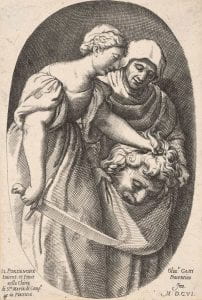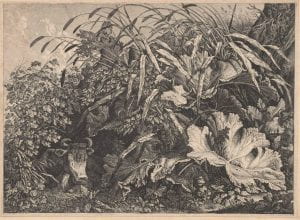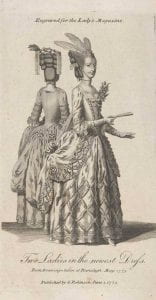Apocryphal pictures
Navigating ancient texts and images can be a mystifying experience, encountering ‘hidden’ or secret stories in the Bible, known as the Apocrypha, are a provocative example. These tantalising, albeit esoteric stories actually occur throughout Western art, indicating their appeal to artists and audiences. Therefore it is worth taking a look at a few examples in brief detail to try and disambiguate their meaning.
The Apocrypha are writings, often classified as a group of fourteen books appendices in the Old Testament. In the Septuagint (Greek version of the Old Testament) and the Vulgate (Latin version of the Scriptures) they are not considered canonical, and are therefore unauthorised because their authorship is contested. They are omitted altogether from the Protestant Bible. Several of the Apocrypha discuss strong female protagonists and also erotic themes:
Book of Judith





